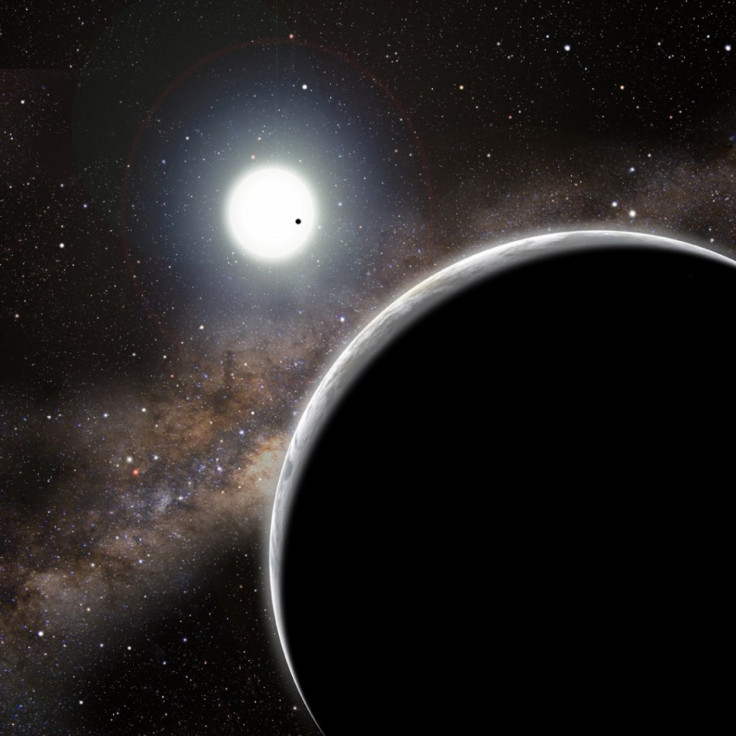Scientists Infer Existence of 'Invisible' Planet

Scientists have inferred the existence of an 'invisible' planet from the influence it's exerting on another planet.
During a routine examination of data collection, NASA scientists noticed that the orbit of a previously discovered planet, Kepler-19b, was irregular; its rotations were wither early or late and not on the expected time.
Lead researcher Sarah A. Ballard inferred that this might be because the gravity of another planet was pulling on Kepler-19b and making its rotation irregular.
This led to the discovery of the 'invisible' planet that has tugged at the Kepler-19b.
She said, It's bullying the planet that's there.
The planet is not literally invisible, but the scientists have inferred about it through the affect it is making on other planet, and have not exactly spotted it until now. However, they have named it a Kepler-19c.
It's a mystery world, but, of course, we don't expect it to remain a mystery, study co-author David Charbonneau, told Space.com.
Currently the astronomers don't know much about the new planet. They say it weighs too less to be measured. Though, the exact weight is yet to be determined.
According to Ballard, It's an entirely new way to find new worlds.
I predict there will be thousands of additional planets discovered using this method, Ballard said.
The spacecraft is continuously monitoring Kepler-19 throughout its mission to gather more information about it, as they say that this discovery can be an important lead for the scientists who have the ability to find a massive number of previously unidentified planets.
The discovery of Kepler-19b and Kepler 190c are a part of NASA'S Kepler mission launched in 2009.
Alexis Bouvard discovered Neptune over 150 years ago in a similar way. He also inferred its existence from the unusual patterns in orbits of Uranus, later it was visually verified and made its place among the eight planets in our solar system.
Presently, there are only eight planets in the solar system - Mercury, Venus, Earth, Mars, Jupiter, Saturn, Uranus, and Neptune, after Pluto was declared a dwarf planet, including four other- Ceres, Haumea, Makemake, and Eris.
© Copyright IBTimes 2024. All rights reserved.





















